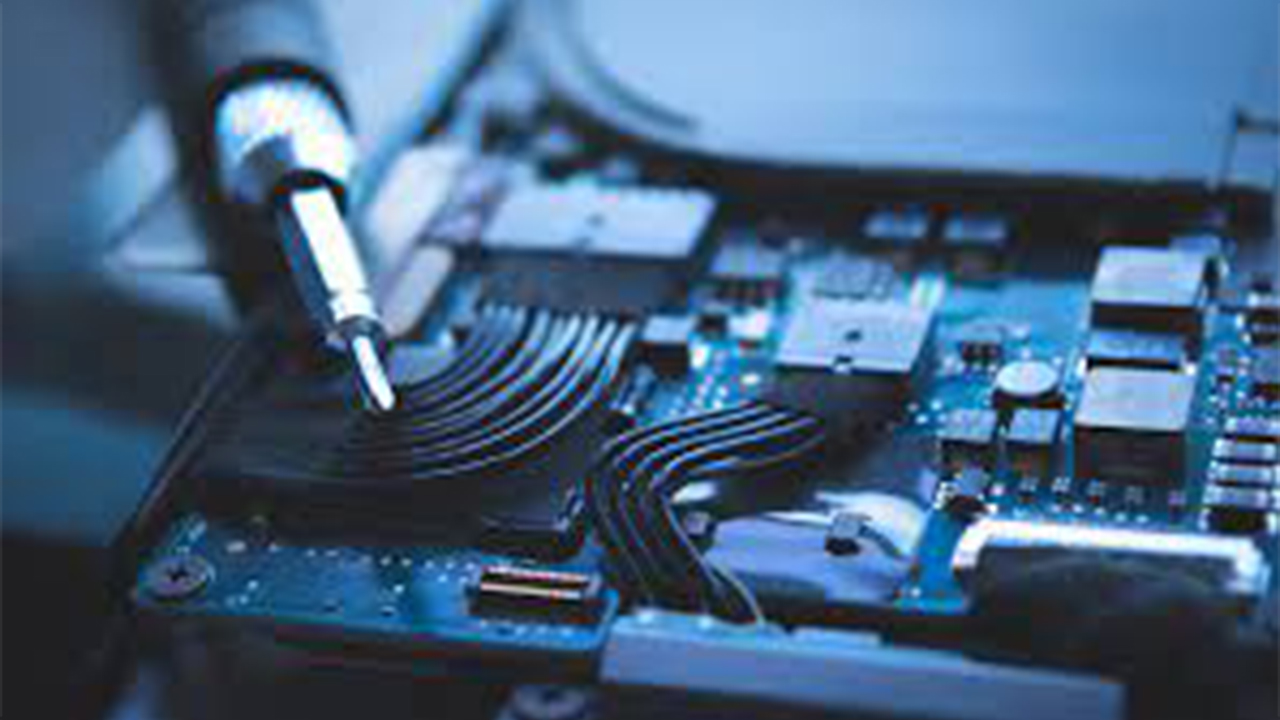India (Commonwealth)_India has introduced a new “Import Management System” aimed at monitoring shipments of electronic devices, including laptops, tablets, and PCs. The government’s objective is to reduce dependence on foreign hardware, particularly from China, while bolstering domestic manufacturing capabilities. The online mechanism facilitates the electronic and automated issuance of authorization for imports, requiring companies to register the quantity and value of the products they are bringing in.
System Operation and Objectives:
The Indian government collaborated extensively with industry players and stakeholders to design this monitoring system. The primary goal is to streamline the authorization process for customs clearance, making it entirely online and valid until September 2024. S. Krishnan, Secretary in the Ministry of Electronics and Information Technology (MeitY), emphasized the aim to create a user-friendly, paperless, and automated interaction to provide a seamless experience for stakeholders. The system is anticipated to furnish the government with crucial data to establish a trusted digital system within the country.
Addressing Previous Import Restrictions:
Earlier, the Indian government had announced restrictions on the import of laptops, tablets, personal computers, and servers, which raised concerns in the electronics industry. The initial plan called for a valid license for restricted imports, leading to debates and protests. While officials defended the move, they later decided to delay the license requirement by three months. On October 13, authorities ultimately backtracked, stating that imports would not be restricted, but inbound shipments would be closely monitored.
International Reactions:
The proposed restrictions garnered mixed reactions on the international stage. Washington expressed apprehensions about potential impacts on exports from U.S. tech giants like Apple and Dell, urging a collaborative resolution. U.S. Trade Representative Katherine Tai met with India’s Commerce and Industry Minister Piyush Goyal to address concerns. China, holding a significant stake in India’s electronics imports, also raised objections through the World Trade Organization. Data reveals that in the last financial year, relevant product imports were valued at approximately $8.7 billion, with China accounting for a substantial 59% share.
Positive Reception and Industry Response:
The new system has been welcomed by industry bodies, signaling a positive development for the electronics sector. MAIT, a prominent electronics industry association, expressed appreciation for the government’s consideration of concerns and encouraged smooth registration on the online portal. They also anticipate import authorizations to be approved within 24 to 48 hours. Similarly, the Federation of Indian Chambers of Commerce and Industry praised the government’s decision to delay the implementation of import restrictions until September 2024.
Looking ahead, questions arise regarding potential future restrictions after September 2024 when the import authorization period concludes. Secretary Krishnan indicated that the government will analyze the data and engage with stakeholders to determine the next steps. Analysts speculate that the government may eventually impose licensing requirements to boost local manufacturing and challenge the dominance of popular foreign brands in the Indian market.
India’s new Import Management System represents a pivotal step towards reducing dependence on foreign hardware, particularly from China, while fostering domestic manufacturing capabilities. The online authorization process, developed through extensive consultations, aims to provide a seamless experience for stakeholders and gather critical data for establishing a trusted digital ecosystem. The industry’s positive reception indicates a collaborative approach towards achieving policy objectives while addressing concerns of stakeholders in the electronics sector. As the system evolves, India’s government will continue to evaluate and engage with stakeholders to determine future measures in the pursuit of a self-reliant and technologically secure nation.








